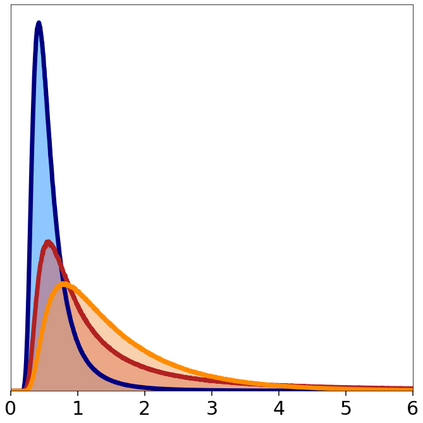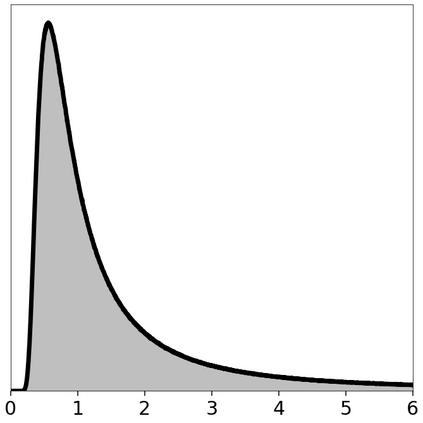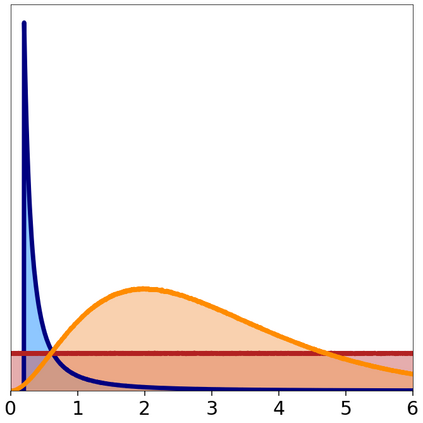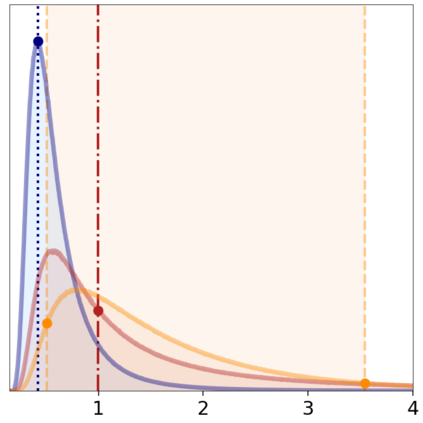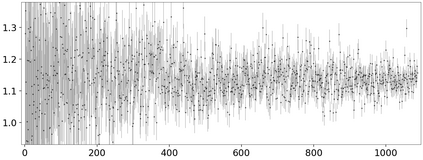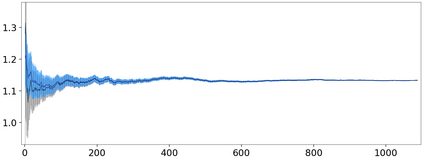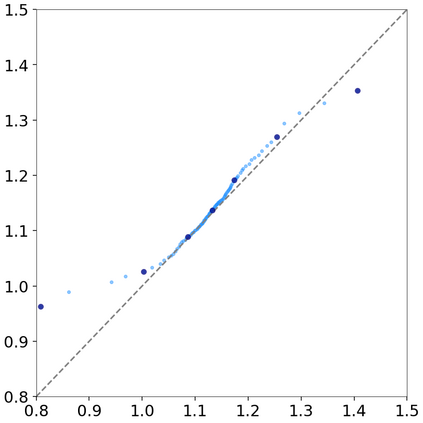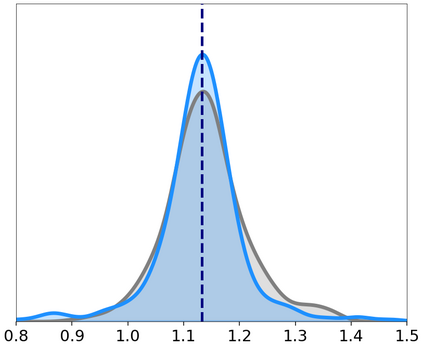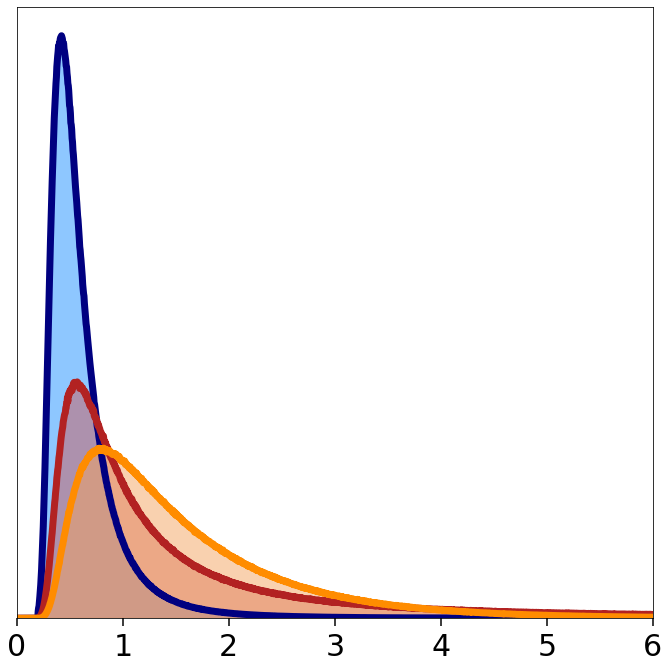In the last two decades, Bayesian inference has become commonplace in astronomy. At the same time, the choice of algorithms, terminology, notation, and interpretation of Bayesian inference varies from one sub-field of astronomy to the next, which can lead to confusion to both those learning and those familiar with Bayesian statistics. Moreover, the choice varies between the astronomy and statistics literature, too. In this paper, our goal is two-fold: (1) provide a reference that consolidates and clarifies terminology and notation across disciplines, and (2) outline practical guidance for Bayesian inference in astronomy. Highlighting both the astronomy and statistics literature, we cover topics such as notation, specification of the likelihood and prior distributions, inference using the posterior distribution, and posterior predictive checking. It is not our intention to introduce the entire field of Bayesian data analysis -- rather, we present a series of useful practices for astronomers who already have an understanding of the Bayesian "nuts and bolts" and wish to increase their expertise and extend their knowledge. Moreover, as the field of astrostatistics and astroinformatics continues to grow, we hope this paper will serve as both a helpful reference and as a jumping off point for deeper dives into the statistics and astrostatistics literature.
翻译:在过去20年中,巴耶斯的推论在天文学中变得司空见惯。与此同时,对巴耶斯的算法、术语、符号和对巴伊西亚推论的解释,从天文学的次领域到下一个领域各不相同,这可能导致那些学习和熟悉巴伊西亚统计的人的混淆。此外,天文学和统计文献的选择也各不相同。在本文中,我们的目标是双重的:(1) 提供一个参考,综合和澄清各学科的术语和符号,(2) 为巴伊西亚天文学推论提供实用的指导。同时,我们强调天文学和统计文献,我们涵盖一些题目,例如:记号、可能性和先前分布的规格、使用远地点分布的推论以及远地点的预测性检查。我们不打算介绍巴伊西亚数据分析的整个领域。相反,我们为已经了解巴伊西亚“坚果和螺栓”的天文学者提供一系列有用的实践,并希望增加其专门知识并扩大知识。此外,作为更深层次的文献的参考领域,作为更深层次的文献,作为不断增长的文献,作为更深层次的文献的参考领域,我们将继续发展。

